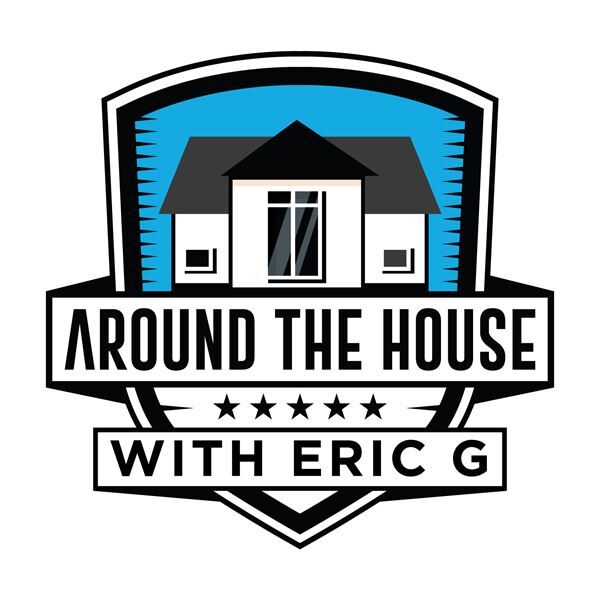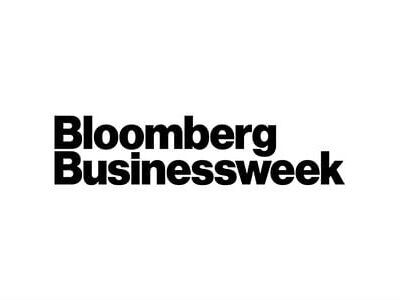Nepal’s prime minister resigns as protests against the government and corruption rage on
News > Top Stories

Audio By Carbonatix
7:00 PM on Monday, September 8
By BINAJ GURUBACHARYA
KATHMANDU, Nepal (AP) — Nepal’s prime minister resigned Tuesday as protests against a short-lived ban on social media grew increasingly violent and expanded into broader criticism of his government and accusations of corruption among the Himalayan country's political elite.
The resignation appeared to have little effect on the demonstrations. Tens of thousands of protesters remained on the streets late in the day, blocking roads, storming government buildings and setting them on fire, and, in some cases, attacking political leaders. Army helicopters ferried some ministers to safe places.
A day earlier, demonstrations led by young people angry about the blocking of several social media sites gripped the country’s capital, and police opened fired on the crowds, killing 19 people.
The ban was lifted Tuesday, but the protests continued, fueled by rage over the deaths and growing frustration with the political elite in the nation wedged between China and India.
As the protests intensified, Prime Minister Khadga Prasad Oli announced he was stepping down. The president accepted the resignation and appointed Oli to lead a caretaker government until a new one is in place — though it was unclear what power he would wield or even where he was.
President Ram Chandra Poudel, the ceremonial head of state, appealed to the protesters to engage in dialogue to find a peaceful resolution and stop further escalation.
In a video message, Nepalese army chief Ashok Raj Sigdel urged protesters to stop the demonstrations to prevent further loss of lives and property and to come forward for dialog.
In a written statement that followed, the army warned that the country's security forces were committed to preserving law and order. It was not clear if the army, which so far has stayed in its barracks, would be mobilized to help after police failed to control the situation.
The demonstrations — called the protest of Gen Z — began after the government blocked platforms, including Facebook, X and YouTube, saying the companies had failed to register and submit to government oversight.
But the protests spiraled to reflect broader discontent. In particular, many young people are angry that the children of political leaders — so-called nepo kids — seem to enjoy luxury lifestyles and numerous advantages while most youth struggle to find work. With youth unemployment running at about 20% last year, according to the World Bank, the government estimates that more than 2,000 young people leave the country every day to seek work in the Middle East or southeast Asia.
“I am here to protest about the massive corruption in our country,” said Bishnu Thapa Chetri, a student. “The country has gotten so bad that for us youths, there is no grounds for us to stay.”
Videos shared on social media showed protesters beating up Nepali Congress party leader Sher Bahadur Deuba and his wife, Arzu Rana Deuba, the current foreign minister. Both appeared to be bleeding, while one video showed the party leader being helped to safety. The party is the country’s largest and is part of the governing coalition.
Local media and videos on social media also showed protesters attacking government buildings and the residences of the top political leaders throughout Tuesday.
The presidential palace, the prime minister’s official residence and a building that houses the offices of the prime minster and several ministries were all torched. Thick smoke rose from the prime minister’s office building.
Earlier, Oli's private home was set on fire, as were those of the president, the home minister and the Deubas. The home of the leader of the opposition Communist Party of Nepal (Maoist) was also set ablaze.
Some protesters blamed the government for the police opening fire and called for the ouster of the increasingly unpopular prime minister.
“We are here to protest because our youths and friends are getting killed. We are here to see that justice is done and the present regime is ousted,” said Narayan Acharya, who was among the protesters outside the battered wall of the parliament building Tuesday. "K.P. Oli should be chased away."
Monday's rallies swelled to tens of thousands of people in Kathmandu and crowds surrounded the Parliament building before police opened fire on the demonstrators.
“Stop the ban on social media. Stop corruption, not social media,” the crowds chanted, waving national flags.
In addition to the 19 fatalities, scores of people were wounded.
Before he resigned, Oli said he would form an investigating committee that would submit a report on the shooting in 15 days. He added that compensation would be given to the families of those who were killed, and that those who were wounded would receive free treatment.
The violence unfolded as Nepal's government pursues a broader attempt to regulate social media with a bill aimed at ensuring the platforms are “properly managed, responsible and accountable.” The proposal has been widely criticized as a tool for censorship and for punishing government opponents who voice their protests online.
The bill would require companies to appoint a liaison office or a point of contact in the country. Rights groups have called it an attempt by the government to curb freedom of expression and fundamental rights.
The registration requirement applied to about two dozen social networks widely used in Nepal.
Neither Google, which owns YouTube, nor Meta, the parent company of Facebook, Instagram and WhatsApp, responded to requests for comment from The Associated Press. Elon Musk’s X platform also did not respond.
TikTok, Viber and three other platforms have registered and operated without interruption.
Nepal in 2023 banned TikTok for disrupting “social harmony, goodwill and diffusing indecent materials.” The ban was lifted last year after TikTok’s executives pledged to comply with local laws, including a ban of pornographic sites that was passed in 2018.












